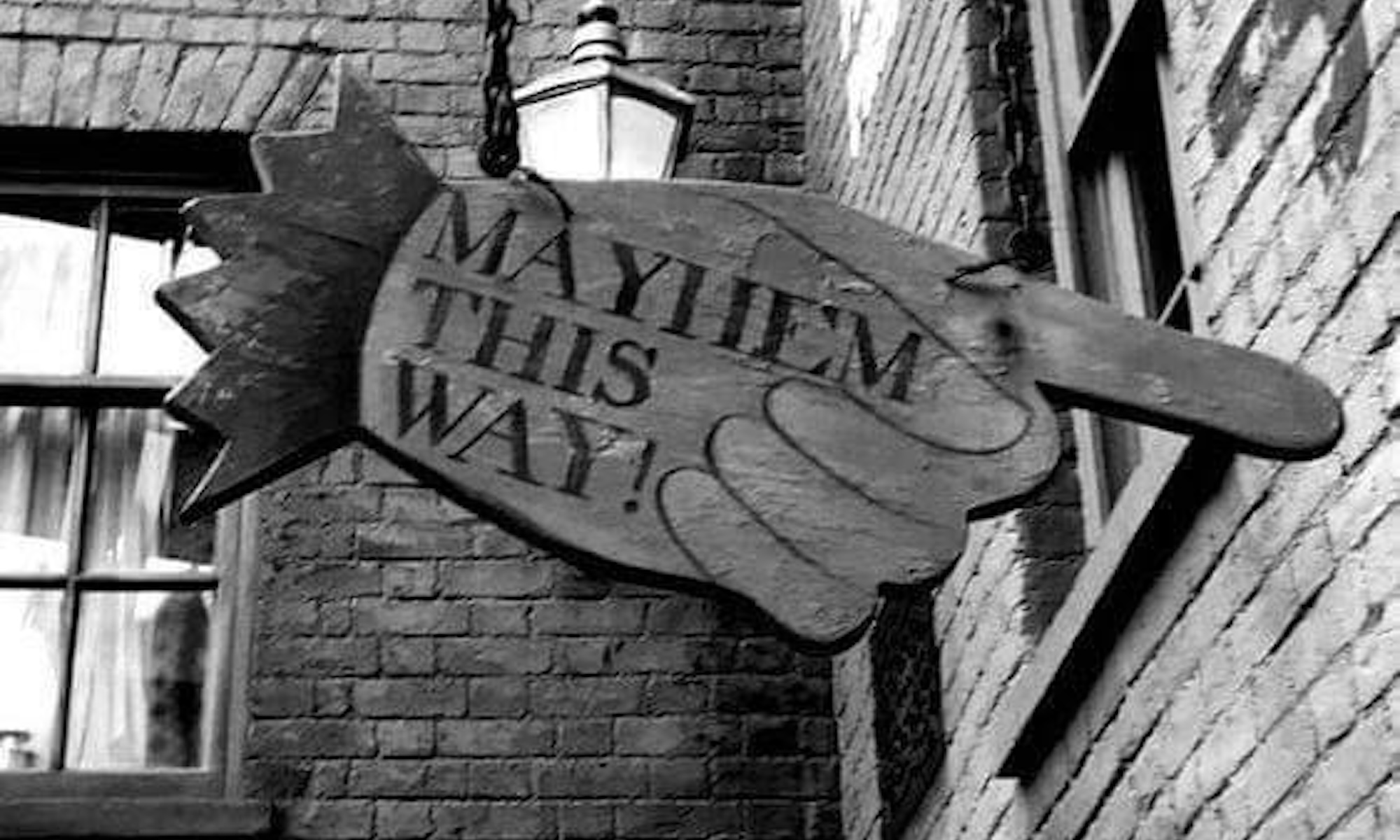And proves beyond a doubt that everything on his planet could be blotted out in the wink of an eye…and we'd never even see it coming.
From Dvice:
In August of 1883, an astronomer in Mexico named José Bonilla spotted hundreds of fuzzy objects passing in front of the sun that nobody could explain. A new analysis of these observations suggests that what Bonilla saw was anywhere from a billion to a trillion tons of comet passing as close as a few hundred miles from the surface of the Earth.
At the time, Bonilla had no idea what he was looking at. All he knew was that over a period of about two days, he counted about 450 objects surrounded by fuzziness passing between his telescope and the sun. Contemporary astronomers didn't see anything, and when Bonilla published a paper in an astronomical journal a few years later, the journal editor suggested that Bonilla must have accidentally been counting birds or bugs or something like that.
As it turns out, it may not have been bugs. It may have been the remnants of an immense comet that narrowly missed completely destroying our entire civilization that nobody else saw because it was so freakin' close to us. Based on Bonilla's account of the size and number of the objects and the length of time that they were visible, modern astronomers have been able to estimate what the original size of the comet probably was, and just how close all of its fragments came to Earth. The numbers are shocking: each of the 450 fragments probably ranged in size from 150 feet to a solid mile across, and the upper limit on the size of the original comet (before it broke up) is something like nine trillion tons.
Let's just put a few trillion tons of fragmented comet in perspective, shall we? We're talking about an object with a mass that's equivalent to at least eight Halley's comets. And if you're wondering what would happen if a couple-hundred-foot wide comet fragments made it through Earth's atmosphere, we're pretty sure it happened over Sibera back in 1908, resulting in an explosion approximately equal to the detonation of a moderately-sized thermonuclear weapon. Nobody was around to experience the blast, but a few trees did get knocked over. And by a few, I mean 80 million.
Now, keep in mind that those 450 objects that Bonilla counted over two days only come from a few hours of observations, and extrapolating his objects per hour out over two days, we get over 3,000 cometary fragments. So take that type of fun little thermonuclear-equivalent destructive experience, and imagine it happening thousands of times all over the Earth in a period of a day or two. Yeah, we're talking the equivalent of global thermonuclear war, except way, way worse. Odds of humanity (or much in the way of any other plants or animals) surviving the bombardment and the climate change that would follow is not good, not good at all.
The really scary part is just how close this comet came to hitting the Earth: since only Bonilla saw the fragments and no other astronomers did, that means that it had to be close to us. Very close. Very, seriously, it's not even funny close. The minimum distance that the fragments passed was calculated to be about 400 miles from the Earth's surface, which is nothing. That's only 150 miles or so above the International Space Station. If the comet had been in a slightly different orbit, or had broken up at a slightly different time, as of about a hundred years ago, our entire civilization might have ceased to exist.

These people have just used the Siberian incident to theorize about a comet hitting the earth, except there was no crater there and no one saw it, so no one really knows what happened. An alternate theory I've heard is that Tesla was testing a weapon over Siberia, yet no one has any proof of that either.